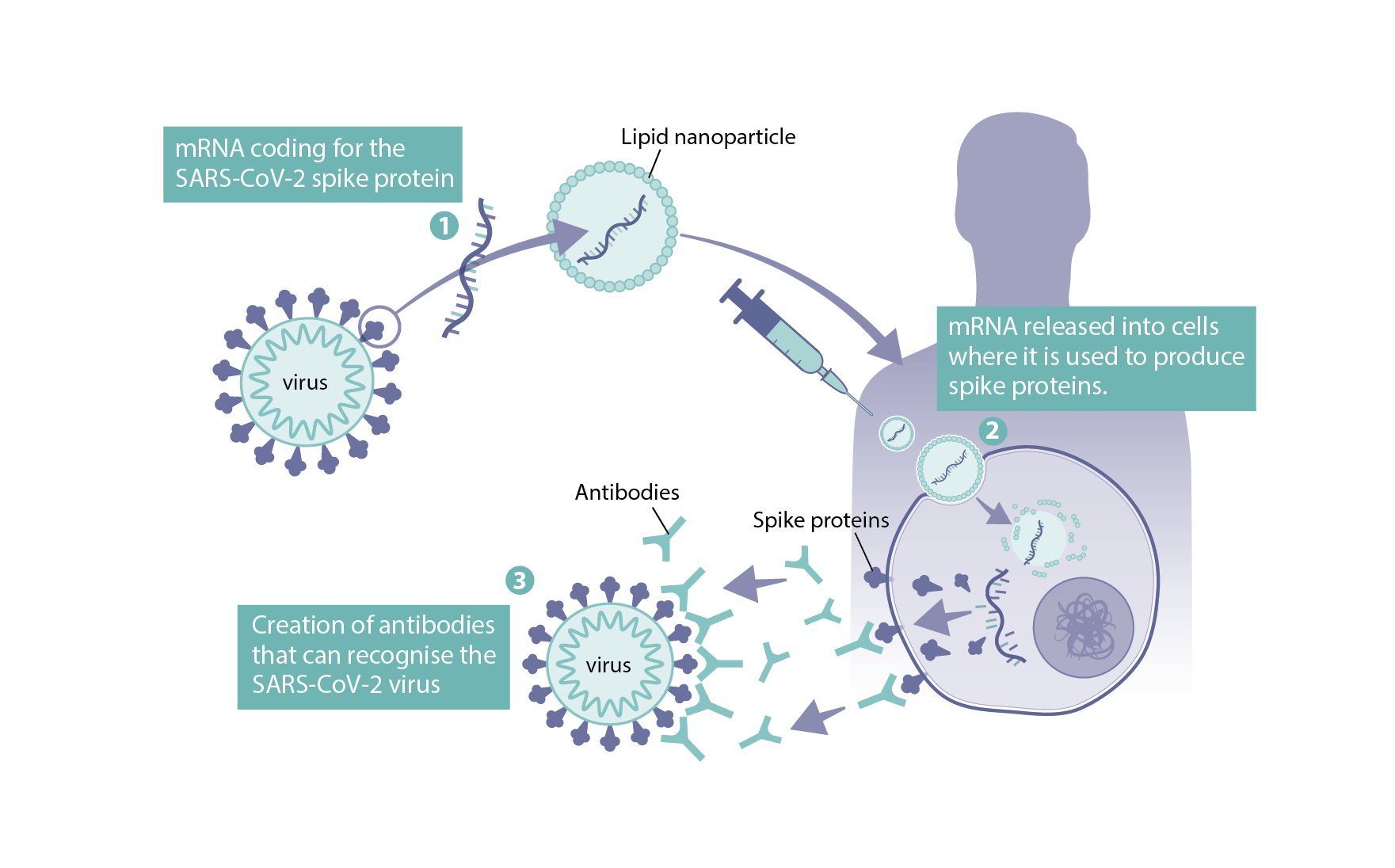


If the vaccine succeeds in human trials, it could be an alternative to the mRNA vaccines widely used for COVID-19, without drawbacks such as high expense and low-temperature storage requirements. Researchers hope the vaccine, which can remain unrefrigerated for up to two weeks and may be especially beneficial for infants, will help alleviate the need for boosters while improving herd immunity around the world. We are left with several hypotheses and more questions, but with a clear direction.A low-cost, protein-based COVID-19 vaccine tested in rhesus monkeys by Stanford Medicine researchers and colleagues offered immunity against known variants for at least one year. Indeed, presence of viral proteins has been associated with hyperinflammatory responses such as in severe COVID-19 or the notorious multisystem inflammatory syndrome in children (MIS-C). Given myocarditis also occurs after other vaccines, it is likely that the presence of circulating spike is a biomarker rather than the causal agent. The implications of this finding are unclear, since it is yet unknown how the spike protein evades cleavage or clearance, especially in the setting of a normal adaptive immune response, or whether in itself is pathogenic.
#PROTEIN IN VACCINE FREE#
Patients who developed postvaccine myocarditis had persistently elevated free spike protein in circulation, which correlated with evidence of cardiac injury and inflammatory cytokines. In summary, the data show that adaptive and T-cell immunity responses were normal in recipients of mRNA vaccines, both with and without myocarditis. The investigators used a thorough approach in teasing out the various aspects that could underlie vaccine-induced myocarditis. This is a great example of a study with mostly negative findings which are, however, insightful. However, inflammatory cytokine levels were altered, with elevations in interleukin (IL)-8, IL-6, tumor necrosis factor-alpha, IL-10, interferon-gamma and IL-1-beta, reflecting innate inflammatory activation. There were no differences in antibody levels (anti-spike, anti-receptor binding protein, immunoglobulin M, IgG, IgA, or anti-Fc), auto-antibodies, or antibodies to common respiratory pathogens. With regard to T-cell responses, there were no major differences in various T-cell subsets (effector, effector memory, spike-specific, interferon-gamma and degranulating). Levels of free spike did not differ between males and females, and remained elevated for weeks in a subset of patients with repeated blood collections. Levels of full-length spike protein (33.9 ± 22.4 pg/mL), unbound by antibodies were markedly elevated in the plasma of individuals with postvaccine myocarditis, whereas no free spike was detected in asymptomatic vaccinated control subjects (unpaired t-test p < 0.0001). Total neutrophil count was higher in patients with myocarditis compared to those without, albeit remaining in the normal range. All patients had elevated cardiac troponin T levels (median 260 ng/L) and C-reactive protein levels (29.75 mg/L). The cohort of myocarditis patients consisted of mostly males (n = 13 of 16) who experienced myocarditis after the second dose (n = 12 of 16), within the first week after vaccination (median of 4 days).


 0 kommentar(er)
0 kommentar(er)
